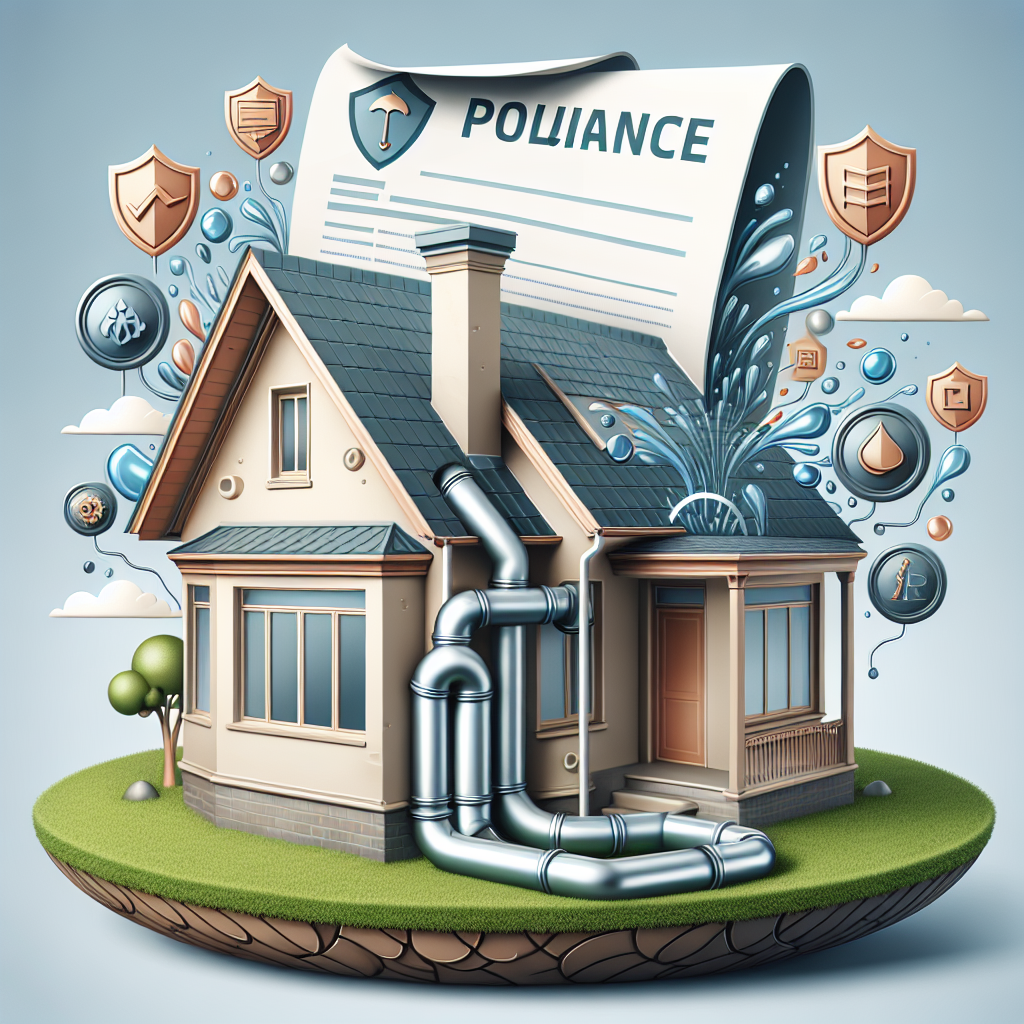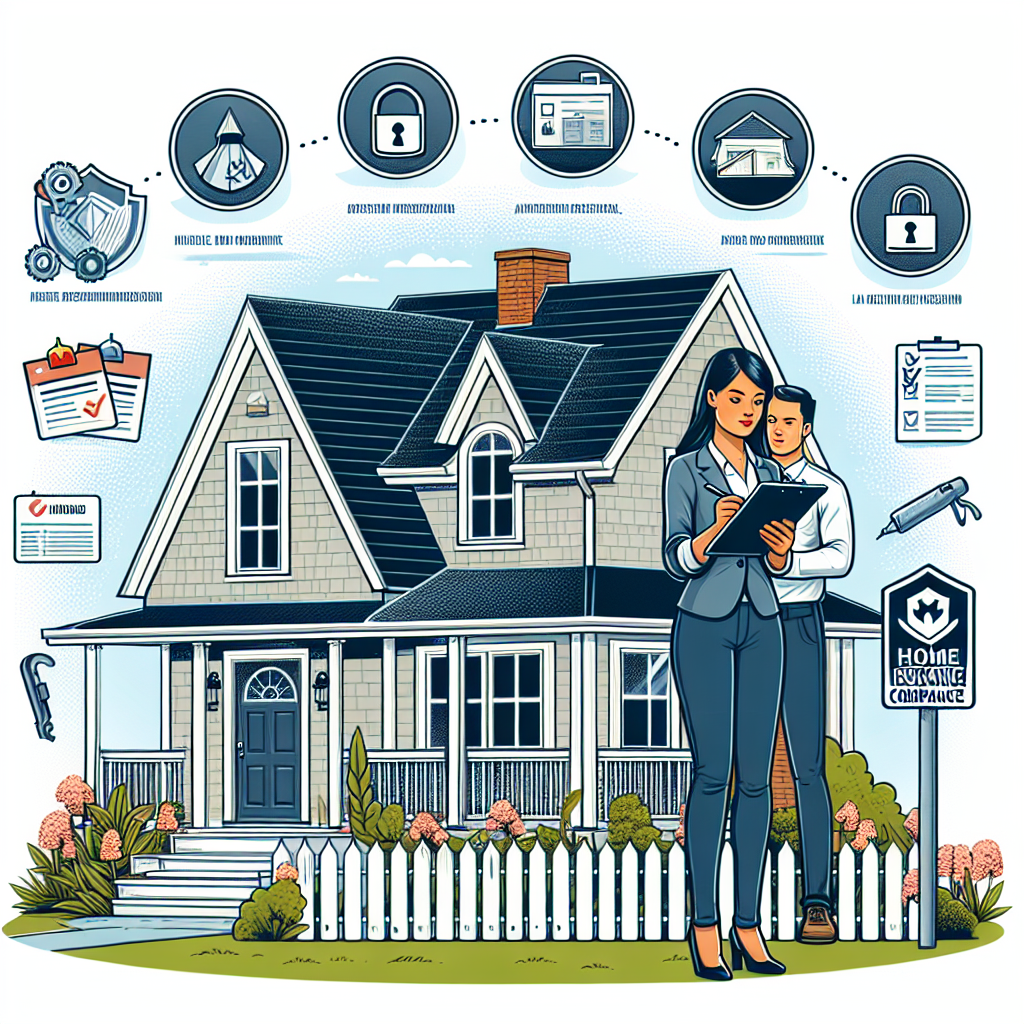Filed under Home Insurance on
Understanding Vacant Home Insurance Coverage Options

When it comes to safeguarding your property investment, insurance is a crucial consideration. However, traditional homeowner’s insurance policies may not provide adequate coverage for unoccupied properties. This is where vacant home insurance steps in, offering specialized protection tailored to meet the unique risks associated with empty homes. Whether you’re a homeowner or an investor, understanding vacant home insurance coverage options is vital to mitigate potential losses effectively.
Defining Vacant Home Insurance
Vacant home insurance is a policy designed to protect homes that are unoccupied for a certain period. Unlike standard homeowner policies, which typically require regular occupancy, vacant home insurance recognizes the increased risks faced by properties left uninhabited. From vandalism to unnoticed maintenance issues, a variety of hazards make a comprehensive insurance plan crucial.
Common Risks of Owning a Vacant Property
While owning a vacant home might seem like a straightforward endeavor, these properties are more susceptible to particular risks, including:
- Vandalism and Theft: Unoccupied homes are prime targets for break-ins and theft due to the absence of daily activity.
- Fire and Water Damage: Without continual monitoring, fire damage or hidden leaks can escalate quickly, leading to substantial repairs.
- Liability Risks: Vacant properties often have increased liability issues, such as injuries occurring on neglected premises.
Key Features of Vacant Home Insurance
Vacant home insurance policies vary, but typically include several key features:
Property Damage Protection
This covers damages caused by risks such as fire, storms, or vandalism, safeguarding the value of your investment.
Liability Coverage
If someone gets injured on your vacant property, liability coverage can help manage legal fees or medical expenses.
Theft Protection
While full theft coverage may not always be available, many policies offer protection for stolen building materials or fixtures.
Customized Policy Duration
Unlike standard homeowner’s insurance, vacant home policies often offer flexible terms to match the duration of vacancy.
Factors Influencing Insurance Premiums
Numerous factors can influence the cost of a vacant home insurance policy. Understanding these can help you make informed decisions when selecting coverage:
- Location of the Property: Homes in areas with high crime rates or adverse weather conditions often see higher premiums.
- Duration of Vacancy: The length of time a property remains vacant can affect premium rates as longer vacancies typically pose greater risks.
- Property Condition: Well-maintained properties are generally less risky, potentially lowering insurance costs.
Steps to Secure Comprehensive Vacant Home Coverage
Securing the right insurance coverage for vacant homes requires thoughtful consideration and proactive research:
- Assess Potential Risks: Understand the specific hazards your property faces, from local crime statistics to climate concerns.
- Compare Policies: Reach out to multiple insurers to compare coverage options and premiums. Look for tailored policies that meet your unique needs.
- Consult with Experts: Working with an insurance advisor can offer valuable insights into choosing the best policy to protect your investment.
Vacant Home vs. Unoccupied Home Insurance
While vacant and unoccupied home insurance might seem interchangeable, insurers draw distinctions between them:
Unoccupied Home Insurance
This typically applies to properties where homeowners intend to return shortly, and furniture is still present. Coverage is often less expensive than vacant home insurance.
Vacant Home Insurance
Designed for properties that are devoid of occupants and personal belongings, often indicating longer-term absence, thus commanding more comprehensive coverage.
Emerging Trends: Insuring Vacant Properties
The market for vacant home insurance is evolving, influenced by shifts in property ownership and utilization. Key trends include:
- Integration with Smart Technology: Insurers are increasingly considering smart home technology as a factor for reduced premiums, as it can mitigate risks through remote monitoring.
- Eco-Friendly Premiums: Homes with energy-efficient upgrades are starting to benefit from reduced insurance costs.
Expert Opinions on Vacant Home Insurance
Industry experts emphasize the importance of tailored protection for vacant homes:
John Doe, an experienced insurance broker, states, “Homeowners should not assume traditional policies cover vacant properties. There’s an increased risk profile requiring specific coverage to safeguard against potential liabilities and damages effectively.”
The Bottom Line: Ensuring Adequate Protection
Understanding your vacant home insurance coverage options is an essential step in protecting your investment from unforeseen risks. Engaging in thorough research and consulting with experienced insurance professionals can pave the path to securing the most effective policy tailored to your unique needs. By considering the specific risks and leveraging industry trends, you can ensure comprehensive protection for your vacant property, providing peace of mind and financial security.





